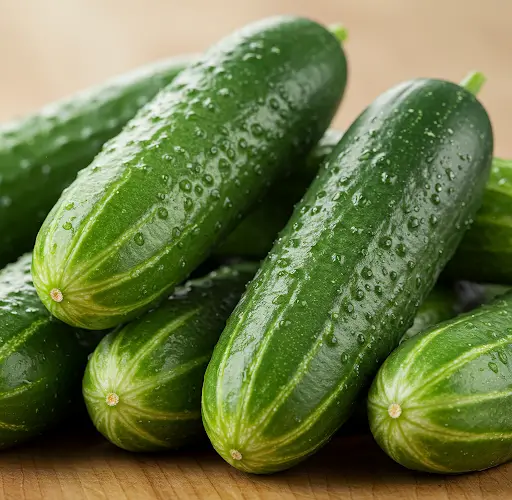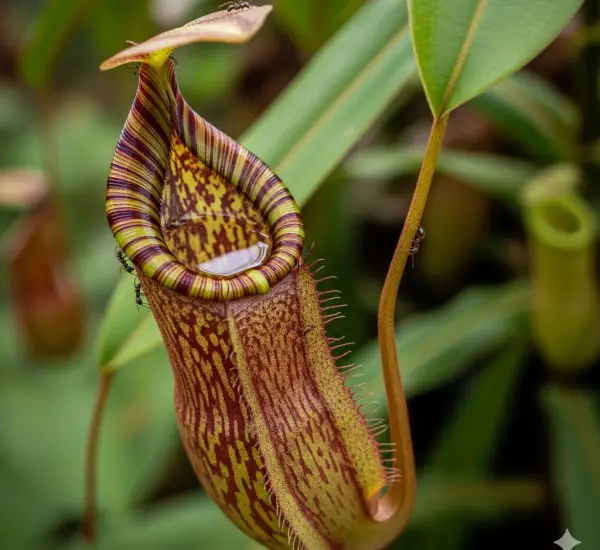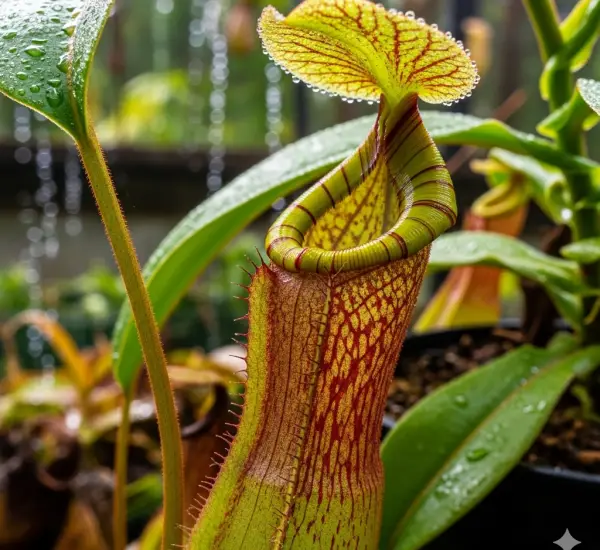The Best Natural Fertilizer for Cucumbers: Simple, Effective, and Made from Kitchen Ingredients
Cucumbers are among the most rewarding crops to grow at home. Their rapid growth, crisp texture, and refreshing taste make them a favorite in summer gardens. However, because cucumbers grow quickly, they also have high nutritional needs. Without proper feeding, plants can weaken, fruit yields may drop, and cucumbers can become small, bitter, or misshapen.
Fortunately, you don’t need synthetic fertilizers or costly garden store solutions to keep your cucumbers thriving. Nature has already provided everything you need—right in your own kitchen. This article introduces a powerful, all-natural feeding method that promotes vigorous growth, strengthens roots, increases fruit yield, and helps prevent common cucumber diseases.
Why Organic Feeding Matters
Organic feeding is more than just a trend; it’s a practical, sustainable approach to gardening. Unlike synthetic fertilizers, which can damage soil microbiota and contribute to chemical runoff, natural feeding methods nourish the soil and support long-term plant health.
For cucumbers in particular, organic feeding can:
-
Stimulate faster and healthier growth
-
Improve root structure and nutrient uptake
-
Increase the number and size of fruits
-
Enhance resistance to pests and diseases
-
Protect beneficial organisms in the soil
These benefits not only improve your cucumber harvest but also help maintain the health of your garden ecosystem.
The Simple, Natural Cucumber Fertilizer Recipe
This homemade fertilizer uses just three common ingredients:
-
1 tablespoon of dry yeast
-
1 tablespoon of baking soda
-
1 liter of lukewarm water
Preparation steps:
-
In a medium-sized container, combine the dry yeast and baking soda with the lukewarm water.
-
Stir well to ensure all ingredients dissolve.
-
Allow the mixture to stand for approximately 1 hour. This resting period helps activate the yeast and begins the fermentation process.
-
After 1 hour, dilute the mixture by adding 5 more liters of water.
-
Water your cucumber plants directly at the root with the prepared solution.
Repeat this feeding every 15 days throughout the growing season.
How Each Ingredient Supports Plant Health
1. Dry Yeast
Yeast is an excellent source of B-complex vitamins and enzymes that support plant metabolism. When applied to the soil, yeast activates microbial activity around the roots, which helps improve nutrient availability and boosts root development. It also stimulates photosynthesis, encouraging lush green foliage and healthy growth.
2. Baking Soda
Baking soda is a natural fungicide and pH regulator. It helps prevent fungal diseases such as powdery mildew, which commonly affects cucumbers. In addition, baking soda strengthens plant cell walls, enhancing their resistance to environmental stress and pathogens.
3. Water
Water serves as the carrier for the nutrients, allowing them to reach the plant’s root zone where they can be most effective. Using lukewarm water during the initial mix helps activate the yeast more efficiently.
Best Practices for Feeding Cucumbers
-
Apply in the morning or late afternoon: Avoid feeding during the hottest part of the day to reduce evaporation and avoid potential sunburn on leaves.
-
Water at the root zone: Direct application to the soil near the base of the plant ensures that nutrients go straight to the roots.
-
Repeat regularly: Apply the mixture every 15 days for consistent support throughout the cucumber’s growth cycle.
-
Monitor plant response: Watch for signs of improvement such as greener leaves, more flowering, and faster fruit development.
Additional Tips for Thriving Cucumber Plants
-
Mulch around plants to retain moisture, reduce weeds, and maintain a consistent soil temperature.
-
Keep the soil moist but not soggy; cucumbers need regular watering, especially during flowering and fruiting.
-
Provide support such as a trellis to keep the vines off the ground, improving air circulation and reducing disease risk.
-
Rotate crops each season to prevent soil-borne diseases and nutrient depletion.
Final Thoughts
With just a few kitchen ingredients, you can create a powerful, organic fertilizer that will dramatically improve your cucumber plants’ growth and productivity. This method is not only simple and cost-effective but also environmentally friendly, promoting a healthier garden without the use of harmful chemicals.
By feeding your cucumbers naturally, you’re supporting long-term soil health and ensuring a bountiful harvest of crisp, delicious fruit all season long. Try this homemade solution today and watch your cucumber patch flourish!




